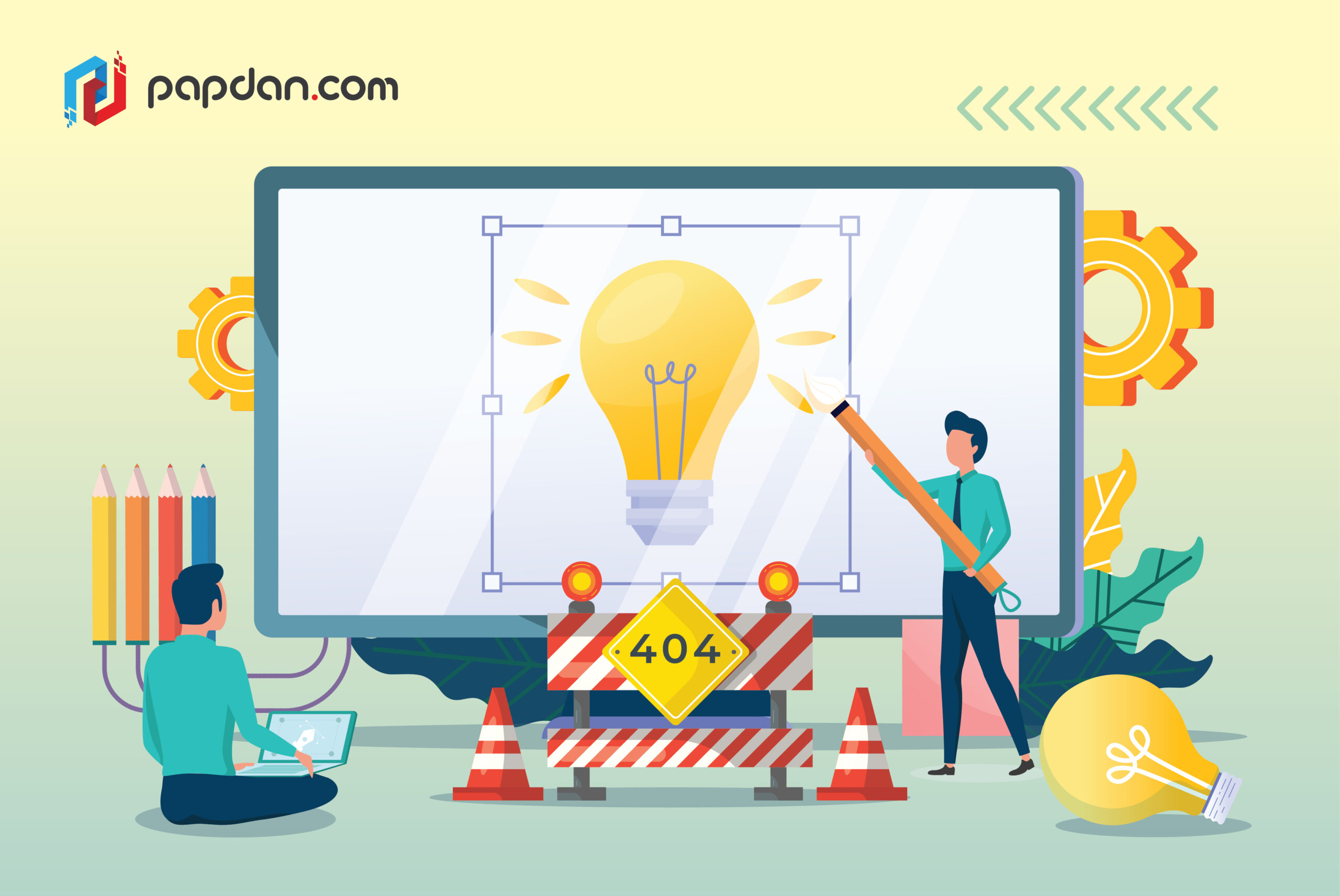I’ve always thought that characteristics such as ambiance and aesthetic aren’t a priority in my life; that I’ve always been about substance over style but it turns out that the look and feel of certain things matter more to me than I previously thought. There’s this cafe near my commute that I’ve begun visiting frequently over the past 12 months. The food they serve are good but not exceptional but I keep coming back there for no other reason that it’s a great place to get some work done.
It’s surprising because I’ve been into several co-working spaces before and none has ever been as great as this particular cafe. The interior design of that place is just simply that welcoming. That word right there, welcoming, is what tends to be overlooked when it comes to design in general, including web design. We’re too focused on website conversion for our bottom line that we sometimes forget to make it a hospitable place. Websites, like physical retail space, needs to be as welcoming as possible for customers.
A place you actually want to spend some time in
Confession, I’ve always hated shopping malls. I used to tolerate them as a kid because they tend to be the default option for my parents when we’re going out but not that I’m an adult, I no longer go to shopping malls unless I really, really have to and only on weekdays. Despite their usually immense size, shopping malls always felt claustrophobic and I’ve always hated how you’re always disconnected to the world around you whenever you’re in one. I remember this one time when I missed that there was a storm raging outside because I was inside a shopping mall. That changed however when I went to Singapore as part of a trip.
Singapore is a bit of a paradox. In one corner of the city, you could see skyscrapers towering over you as you sit by the Merlion statue but travel a little bit further and you’ll soon find yourself hiking in one of Singapore’s many, many scenic nature trails loitered all over the small island. This paradox also extends to Singapore’s ubiquitous shopping malls, where famed retail brands sit inside naturally-cooled, open-air space where natural light and plants are in abundance.
As retail developer now moves in a green and eco-friendly direction, retail spaces are slowly becoming more welcoming for the general public and I personally think that this should be the direction for websites as well. Websites should be more than just contents; they should also be a welcoming space for the public. To do that, businesses need to avoid the following 4 design missteps that never fail to alienate customers.
Autoplay videos or sounds
Whenever I’m at home browsing the internet, I rarely left my computer on mute. In fact, it’s more than likely I have music playing in the background so when I’m opening a webpage only to hear a sound or a video playing without my say-so, I’d get extremely annoyed. Closing an open browser tab is extremely easy and unless your website has something that no other website has, which is extremely unlikely, I’m going to leave immediately. If this isn’t coming from you but rather from an ad placed in your website, do the right thing and outright refuse to show any ads that automatically plays a sound.
Excessive pop-ups and interstitial
I’m guessing you probably know what a pop-up is but interstitial might be a new term even though I’m pretty sure you must’ve seen them in action at least once. Interstitial pages are what appear to you on the screen whenever you click on a link but was then transported into another page of ads before they could see the content they want. This bait-and-switch appears most prominently in Forbes, one of the most well-known publications in the world. Or at least, they used to as I tried accessing Forbes and was pleasantly surprised at the lack of interstitial.
Interstitial are highly annoying so it’s not exactly surprising that Forbes eventually stopped using them. In contrast, pop-ups can be tolerable as long as you know how to deploy them. Pop-ups that cover the entire screen, requiring users to close them first before accessing the content is nearly as bad as interstitial but there is a way of using pop-ups without being intrusive. Try using them only at the bottom right corner of the screen so they’d still be noticeable without posing too much of a distraction to the user.
Excessive animation
When deployed in small doses, animation can be a cute way of injecting your websites with a dash of personality. However, when used excessively, they can actually hinder the usability of your websites. If I’m reading the contents of your blog, I’d very much appreciate it if the background elements would stay in place as that can be distracting. It’s also a bad idea to deploy an animation whenever I’m trying to interact with your website as that would unnecessarily add up into your user’s time. Use animations sparingly and cleverly, highlighting a single hero element in your webpage that you want your visitors to know about.
Unnecessary pagination
This is something I see often in websites offering cheap, throaway listicles. It’s not enough for you to offer contents of questionable value but you also want me to click 10 times just to read on the 10 difference between Thanos from the Marvel films and Thanos from the comics? Thanks, but no thanks. I understand when pagination is used in an e-commerce website featuring thousands of available goods but if it’s just for a listicle, you have to include the option of viewing them in a single page.

